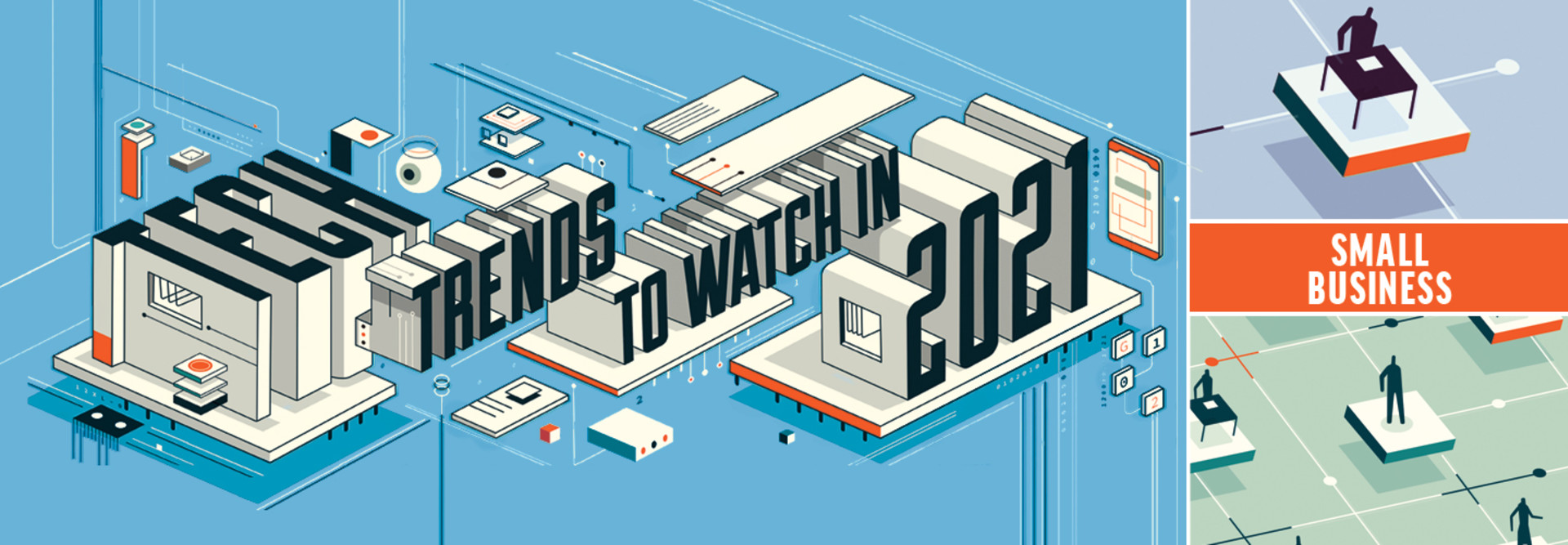This has pushed many small businesses to accelerate their digital transformation journeys and move some processes to the cloud earlier than they had planned, getting things like collaboration solutions and other operational software into the cloud. With no end in sight for distributed workforces, pushing for cloud-native technologies will be key to maintaining business continuity and efficiency. Organizations can lean on partners with the right expertise to move operations forward.
2. Greater Use of Intelligent Automation
Small businesses are always looking to do more with less, and that’s especially true during remote work. It can be particularly difficult to have IT departments pulled in multiple directions trying to fix problems when employees may also need assistance troubleshooting at-home operations.
Both robotic process automation and artificial intelligence have been gaining traction among small businesses for this reason, and it’s given birth to the concept of intelligent automation. Together, they empower rapid, end-to-end business process automation. Industry leaders like Cisco and IBM are bringing customers solutions that can power them into the future of work.
3. Decentralized Security to Protect a Remote Workforce
Small businesses frequently face challenges when it comes to security, and 2021 will require an entirely different approach than what has been conventional in the past several years. Instead of focusing on building a perimeter around the data center, organizations with remote workers need to turn their attention to the endpoint as employees access the network from more devices.
MORE FROM BIZTECH: Four tech trends to watch in retail in 2021.
There need to be safeguards at all points of entry into a business’s environment, not only the data center. Using solutions that can be built right into cloud environments, like Cisco’s SecureX or VMware’s Carbon Black, can ensure that the organization is protected across users and applications. Small businesses can also find a security partner to craft protections that meet their individual needs. Having security integrated into cloud-native applications will be key moving forward.
4. Adoption of Wi-Fi 6 and 5G When Connectivity Is Paramount
Talk of Wi-Fi 6 and 5G has often been centered on its application to the Internet of Things, focusing on the effects that these new iterations of connectivity can have on industries such as energy and manufacturing, where employees are working across large physical spaces. Today, every business is operating across a large physical space, and connectivity needs to be able to stand up to that challenge.
Small businesses will stand to gain a lot from adopting these forms of connection, empowering their workforces to access company networks from anywhere. Some solutions, like Cisco’s Meraki, can be set up in homes to give employees there the same powerful connections they would get in the office.











